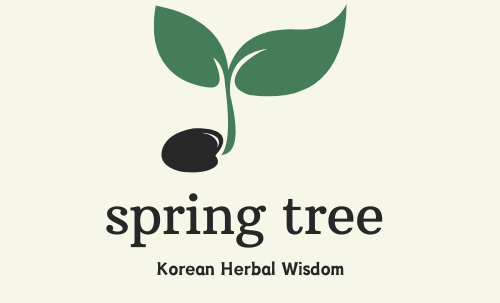Bleeding Heart (Dicentra spectabilis) is a unique spring herb with a fascinating legend. Learn about its health benefits, how to prepare it as a delicious dish, and the best tips for harvesting and storing!
Bleeding Heart: A Herb with a Beautiful Legend and Delicious Flavor
Hi there! 😊
Today, let’s explore the world of Bleeding Heart, a spring herb with a captivating story and delightful taste. Known for its distinctive appearance and touching legend, Bleeding Heart is not just a feast for the eyes but also a treat for the palate. Curious about how to enjoy this unique herb? Let’s dive in!
1. What Is Bleeding Heart?
Bleeding Heart, or Dicentra spectabilis, is a perennial wild plant found in rocky crevices and valleys throughout Korea. Its delicate flowers and beautiful legend make it a favorite among nature lovers and culinary enthusiasts alike.
Plant Features:
Height: Typically grows to 40–50 cm.
Leaves: Wedge-shaped with 3–5 deep lobes, measuring 3–6 cm in length.
Habitat: Commonly found in rocky mountain areas and moist valleys.
Edible Parts:
Young leaves are harvested in spring and used as a flavorful ingredient in traditional dishes.
2. The Legend Behind Bleeding Heart
Bleeding Heart’s name is inspired by a poignant tale of a young bride. The story goes that a poor bride accidentally choked on a piece of rice while tasting food, and her tragic death inspired the flower’s unique appearance, resembling a tear-shaped drop. The herb’s name reflects this bittersweet story, adding a poetic charm to its culinary use.
3. Health Benefits of Bleeding Heart
Beyond its beauty and story, Bleeding Heart offers several health benefits:
Rich in Nutrients: Packed with vitamins that help rejuvenate your body during spring.
Improves Digestion: Eating it as a side dish aids in digestion.
Antioxidant Properties: The fresh leaves are a natural source of antioxidants.
Boosts Immunity: Helps strengthen your body’s defenses against seasonal changes.
4. How to Cook Bleeding Heart
Bleeding Heart’s subtle bitterness makes it an excellent addition to various traditional Korean dishes.
Bleeding Heart Dried Herb Side Dish
Clean the young leaves thoroughly and blanch them in boiling water.
Soak the blanched leaves in cold water for 1–2 days to reduce any bitterness.
Squeeze out excess water, then season with soy sauce, sesame oil, and minced garlic.
Sprinkle some toasted sesame seeds on top, and enjoy a nutty, slightly bitter side dish.
Bleeding Heart Soup with Soybean Paste
Blanch the leaves and cut them into bite-sized pieces.
Bring water to a boil and add soybean paste (doenjang).
Add the Bleeding Heart leaves, tofu, and zucchini, and let everything simmer until tender.
Serve hot for a comforting and nutritious meal.
5. Harvesting and Storing Bleeding Heart
When to Harvest:
The best time to collect young leaves is in April and May, when they are tender and flavorful.
Where to Harvest:
Look for Bleeding Heart in rocky crevices or mountain valleys.
Harvesting Tips:
Select fresh, vibrant green leaves for the best taste and texture.
Wash the leaves immediately after harvesting to maintain their freshness.
Storage Tips:
Refrigeration:
Store blanched leaves in an airtight container in the refrigerator for up to 3–5 days.
Drying:
Blanch and air-dry the leaves, then store them in a cool, dry place. Rehydrate as needed.
Freezing:
Portion out blanched leaves into freezer bags for long-term storage.
6. Bleeding Heart: Nature’s Storybook Herb
Bleeding Heart is more than just a herb—it’s a symbol of love, resilience, and the beauty of nature. Whether you’re savoring its unique flavor in a traditional dish or appreciating its poetic story, Bleeding Heart is a springtime treasure worth exploring.
Have you tried cooking with Bleeding Heart? Share your thoughts and recipes in the comments—I’d love to hear from you! 😊
